How To Put Chain Collar On a Dog
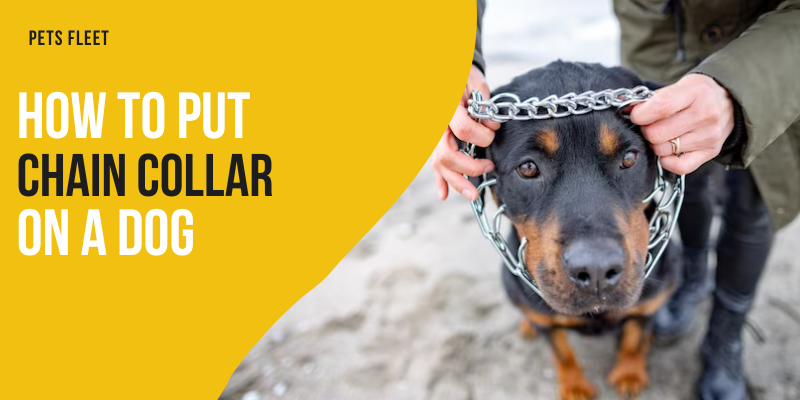
Are you looking to improve your dog’s leash manners and overall obedience? If so, you may have considered using a choke collar as a training tool. But How To Put Chain Collar On Dog?
Gently slip the chain collar over your dog’s head and adjust it so it rests high on their neck, just behind their ears. Remember, comfort matters – snug but not tight!
I will guide you through the process of putting a chain collar on your dog and provide some essential tips for successful training. So grab your leash and get ready to take control of those walkies in no time!
Preparing Your Dog For A Choke Collar
Introducing a choke collar to your dog requires proper preparation and care.
- Start by making friends with the collar. Show it to your pup and treat them when they’re curious.
- Now, gently slide the collar on for a short time. Do this more every day, so your dog gets used to it. Treat and praise them – they’re doing awesome!
- When your dog acts chill with the collar, attach a leash. Give a little pull, just a touch. If they follow, that’s the ticket! Remember, be kind with the pull, and let go when they’re good.
That’s the trick! You and your furry friend will have a blast learning with the choke collar. Always keep it positive with treats and love.
How To Put Chain Collar On Dog
Choke collars can be effective tools in training dogs when used correctly and responsibly. Here are step by step guide on putting chain collar on a dog:
Step 1: Gather Your Supplies
Get your dog’s chain collar, some tasty treats, and find a quiet spot. This is going to be a cool experience for both of you!
Step 2: Introduce The Collar
Show the collar to your pup. Let them sniff it, maybe even give it a little lick. Treat them and tell them how awesome they are for checking it out. We’re making friends with this collar!
Step 3: Collar Exploration
Hold the collar open and let your dog put their nose through. Give treats and praise as they do this. We’re showing them that the collar is a good thing!
Step 4: Time For A Short Wear
Carefully place the collar around your dog’s neck, but not too tight. Make sure it’s snug but not uncomfortable. Let them wear it for just a minute or two, then take it off. Treat time again – they’re doing great!
Step 5: Gradually Increase Wear Time
Repeat step 4 every day, but slowly increase the time your dog wears the collar. Keep those treats and positive words coming. We’re teaching them that wearing the collar is no biggie!
Step 6: Attach The Leash
Once your dog is comfy wearing the collar, attach a leash to the collar’s ring. Hold the leash loosely and walk around a bit. If your dog walks along, awesome! Treats and high-fives all around!
Step 7: Gentle Leash Pressure
Now, if your dog doesn’t follow your lead, give a gentle, steady pull on the leash. Don’t yank – we’re being kind teachers! If they move with you, give them a treat party! If they’re unsure, that’s okay, too. Keep it positive.
Step 8: Practice Makes Perfect
Keep up the practice. More walks, more collar time. Remember, patience is key. Your dog is learning something new, and you’re the guide!
Step 9: Spread the Love
Throughout this whole process, keep showering your pup with love, pats, and treats. They’re working hard, and so are you!
Step 10: Enjoy the Journey
You and your furry buddy are on a journey together. With each step, you’re building trust and understanding. Keep the fun alive, and remember that every dog learns at their own pace.
Congratulations! You’re now a chain-collar pro. Your dog is looking super stylish and learning cool new things – all thanks to your patient and positive approach.
How Do Choke Collars Work?
Choke collars, also called chain collars, are used for dog training. When you pull the leash, the collar tightens briefly, kind of like a mom dog correcting her pups.
This helps teach dogs not to pull on leashes. But, remember, use them with care, get advice from experienced trainers, and never leave them on your dog alone.
Gentle corrections and positive training work best for your furry buddy’s behavior. Safety first – consult professionals and watch your dog closely during training.
How To Choose The Right Size Choke Collar
Here are the key tips for picking the right choke collar size for your dog, all broken down:
- Measure The Neck Right: Grab a flexible measuring tape or string and put it around your dog’s neck, just above the shoulders. Not too tight, but snug.
- Check The Sizing Chart: Different brands have different sizes, so look at the manufacturer’s chart after measuring. They’ll give you the scoop on which size matches your pup.
- Fit Should Be Just Right: Remember, the choke collar should be loose when hanging, but snug when it’s working. It’s like a gentle reminder during training.
- Avoid Too Loose Or Tight: Not too loose, not too tight. If it’s too loose, it won’t do its job, and if it’s too tight, it’s not comfy for your dog.
- Growing Puppies: Puppies grow fast! Start with a smaller size and move up as they get bigger. No need for a collar that’s too big, right?
- Supervise And Check: Always keep an eye on your dog while they’re wearing a choke collar. Never leave them alone with it. Also, give the collar a regular check for any wear or damage.
- Comfort And Training: Choosing the right size choke collar means comfy training sessions for your pup. Safety and comfort go hand in paw!
By following these pointers, you’ll make sure your dog’s training sessions are effective and cozy, all while keeping them safe and sound.
Tips For Training Your Dog With A Choke Collar
Training your dog with a choke collar can be an effective tool when used correctly. Here are some tips to help you train your dog using a choke collar:
- Start Gradually: Introduce the choke collar by having your dog wear it for short periods at home before training sessions.
- Positive Rewards: Use treats and praise along with the choke collar to link good behavior with rewards.
- Correct Placement: Position the choke collar high on your dog’s neck, behind their ears, for control without discomfort.
- Stay Consistent: Stick to consistent commands and corrections to establish a clear routine for your dog.
- Pro Help: If unsure, consult a professional trainer experienced with choke collars.
Always keep your dog’s safety and well-being in mind. Responsible use of a choke collar, combined with positive reinforcement, can effectively teach good behavior and obedience.
The Do’s And Don’ts Of Choke Collars
| Do’s | Dont |
|---|---|
| Do Introduce Graduallyble with wearing | Don’t Rush |
| Do Use Positive Reinforcement | Don’t Use Rough Handling |
| Do Ensure Proper Fit | Don’t Leave Unattended |
| Do Position High | Don’t Position Low |
| Do Seek Professional Guidance | Don’t Overuse |
Conclusion
In this article, we have discussed the importance of properly fitting and using a choke collar for training your dog. By following these guidelines, you can ensure that your furry friend stays safe and comfortable while learning essential obedience skills. Choke collars can be effective tools in training dogs when used correctly and responsibly. Always prioritize your pet’s well-being by consulting with professional trainers or behaviorists if needed.
FAQs
Should dogs wear chain collars?
Dogs can wear chain collars, but it’s important to use them responsibly and with proper guidance from experienced trainers to ensure their safety and well-being.
Which way do you put a dog collar on?
You should put a dog collar on by sliding it over their head and adjusting it so it rests comfortably around their neck, with the identification tag facing outward.
Why do people put chain collars on dogs?
People use chain collars, also known as choke collars, on dogs for training purposes to gently communicate commands and discourage pulling on the leash.
Is it OK to chain your dog?
Chaining a dog for extended periods is generally not recommended, as it can lead to social and behavioral issues, and is often harmful to their well-being.

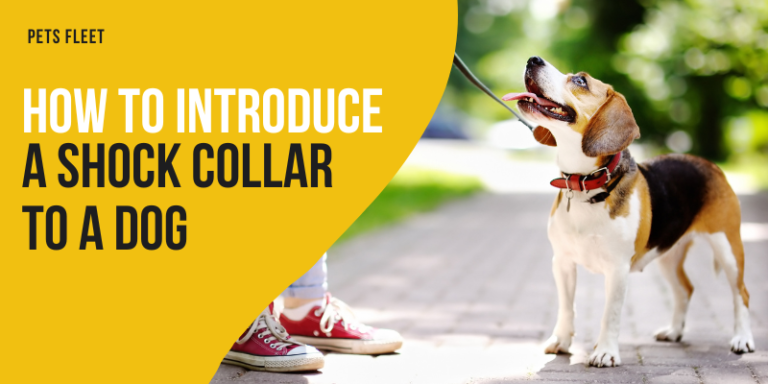
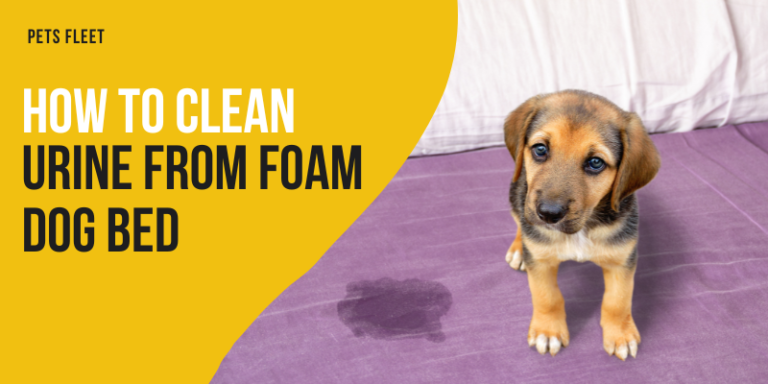

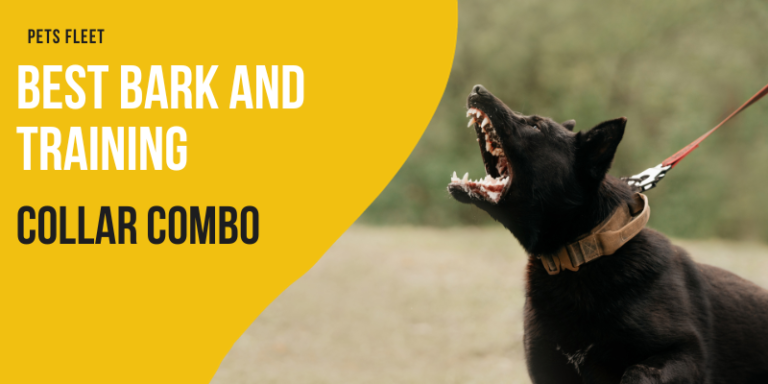
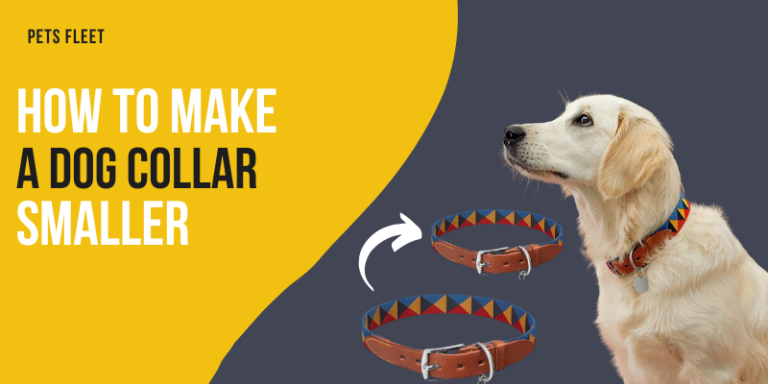
![Difference between Training Collars and Everyday Collars [Complete Guide]](https://petsfleet.com/wp-content/uploads/2023/09/Difference-between-Training-Collars-and-Everyday-Collars-Complete-Guide-768x384.png)